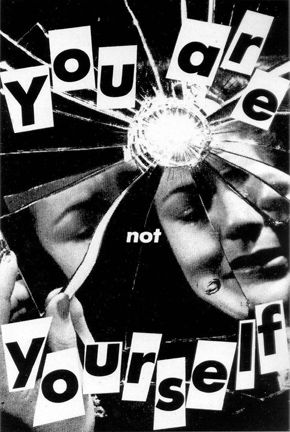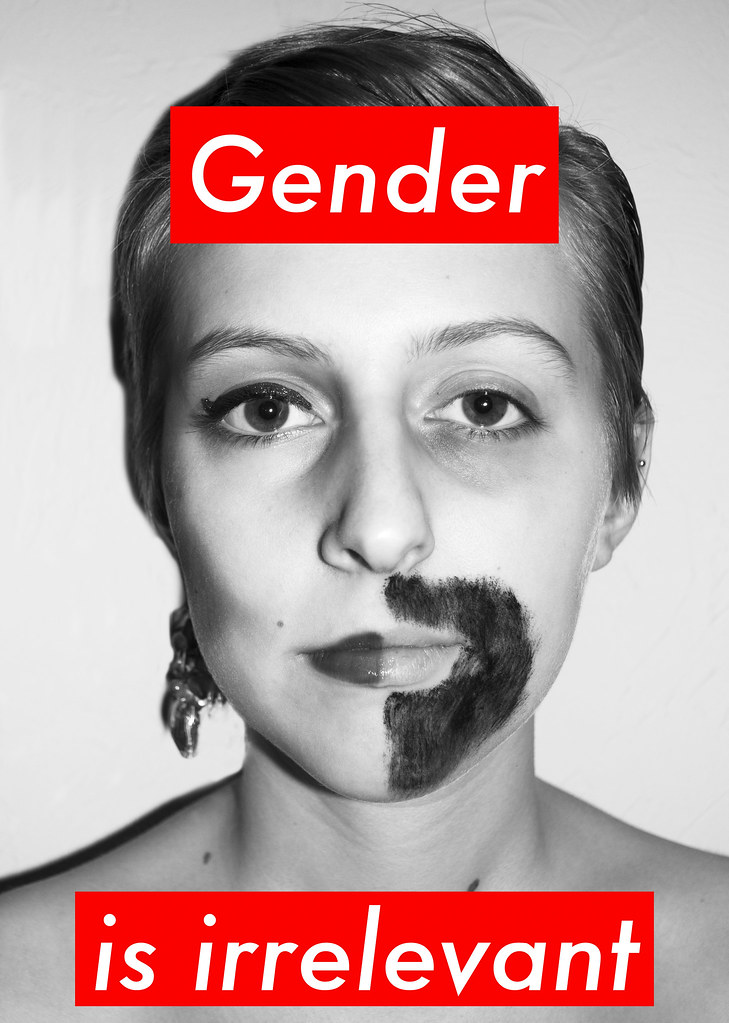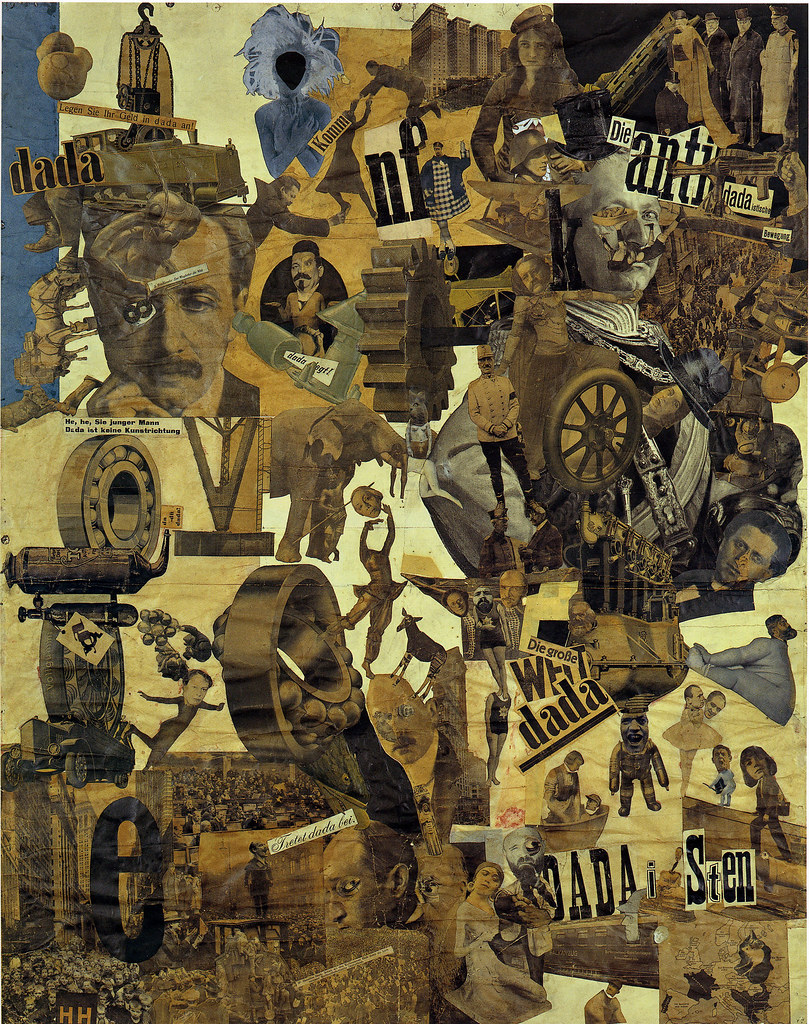04/16/2017
Since one can
remember, men and women have always been treated significantly different from
one another. A typical example would be a teenage boy having a late curfew, or
none at all, while a teenage girl is more likely to have a curfew enforced on her.
The disparity does not end there given how men are paid more while women
generally come with a higher education background, but are paid less. The
purpose of this is to show how all aspect of life is geared toward favoring the
males. In the art world, female artists were neglected and treated as if their
artwork could not be compared to men’s. Although their artwork were just as
good as men’s, the following female artists that will be discussed focused on
female sensuality, sexuality, and the role of women in order to show the world
that such topics should not be considered taboo.
Alejandra Hernández
Born in Colombia in 1989, Alejandra Hernández is a fairly
recent up and coming contemporary artist. She moved to Belgium in order to
pursue her master’s degree at KASK School of Arts . According to the website Laveronica: Arte Contemporanea, “Live portraits are a central focus on
her practice as a way to create intersections between people and having an
intimate experience where the final image is a result of a mental, physical and
material collaboration between artist and sitter” (“Hernández, p. 1). The
models in her paintings are allowed to wear what they want, and most of the
time they chose to wear little to no clothing. Because there are only women
during these sessions, both the artist and models feel great sensuality, as they
are able to enjoy the nudity without having men around to give an opinion about
it, which is depicted in her painting Las
Tres Gracias (2016).
 |
| Alejandra Hernández Las Tres Gracias (2016) |
Nan Goldin
Nan Goldin was born on September 12, 1953 to a middle class
Jewish family. After being introduced to a camera in 1968 by the daughter of
one of her teachers, she had the urge to express herself with photography,
which resulted after losing her older sister at age 11 due to suicide. She left
home at a young age and eventually joined a group that was filled with drugs,
sex and violence, all of which she documented with her camera. However,
according to the Widewall website, “Since her first gallery exhibition in 1973,
Goldin has been steadily gaining attention for her intensely personal and
spontaneous photographs that deal with subjects of sexuality and
gender” (“Contemporary Art”, p. 1). In her
photograph Yogo Putting on Powder
(1992), you see a shirtless female applying make up to her face without a care
in a world of who is watching her. Moreover, in C in the Club, Bangkok (1992), the female is portrayed as being
beautiful without having the need of being naked to do so, which defies the
role of women needing to be naked in order to be beautiful or sexually
appealing.
 |
| Nan Goldin Yogo Putting on Powder (1992) |
 |
| Nan Goldin C in the Club, Bangkok (1992) |
Barbara Kruger
Barbara Kruger
was born into a middle class family on January 26, 1945 and raised in Newark,
New Jersey. She attended Syracuse University for only a year and then attended
Parsons School of Design in New York City in order to take more advanced
classes of art and design. She eventually becomes a well-established
contemporary artist that critiques subjects such as gender, politics, and
culture. As stated in the Artnet website, ““Her works examine stereotypes and
behaviors of consumerism with text layered over mass-media images, often
rendered in black and with red accents, and featuring short, confrontational
phrases such as ‘You are a captive audience’ and ‘I shop therefore I am’ ”
(“Kruger”, p. 1). In You Are Not
Yourself (1981), the phrase is surrounding
the woman who is examining herself in the shattered mirror. It can be said that
women are expected to live up to certain standards in life, but when given an
opportunity to reflect about themselves, they see someone who is not them.
In Gender is Irrelevant, the phrase
is surrounding the woman who has half
a beard in order to demonstrate that gender should not be what people have to
associate themselves with.
 |
| Barbara Kruger You Are Not Yourself (1981) |
 |
| Barbara Kruger Gender is Irrelevant |
Hannah Höch
Although not a
contemporary artist, but rather a Dadaist artist, Hannah Höch
nonetheless was born in Germany to a middle class family on November 1, 1889.
She is known as being one of the originators of photomontage. According to The
Art Story: Modern Art Insight website, “Her active interest in
challenging the status of women in the social world of her times motivated a
long series of works that promoted the idea of the "New Woman" in the
era” (“Hoch”, p. 1). Given the era where women were just given the right to
vote in 1920, Höch was eager to place women on equal grounds with men. She did
so by advocating for women’s independence such as being able to wear erotic
clothing, smoking, and working. This came under harsh backlash because the
activities such as smoking and working were viewed as the roles of men, not
women. Cut with the Kitchen Knife Dada
Through the Last Weimar Beer-Belly Cultural Epoch in Germany (1919-1920)
depicts the political and social issues of the time while Coquette (1925) depicts what appears to be the admiration of women.
 |
| Hannah Höch Coquette (1925) |
 |
| Hannah Höch Cut with the Kitchen Knife Dada Through the Last Weimar Beer-Belly Cultural Epoch in Germany (1919-1920) |
Cindy Sherman
Cindy Sherman was born on January 19, 1954 and was raised in Huntington, Long Island. Although she was originally at Buffalo State College for painting, she switched to photography because it did not have as much limitations that painting had. Despite being a photographer who mostly photographed herself, she was still able to create a name for herself. The Cindy Sherman website states, “Rather, Sherman uses herself as a vehicle for commentary on a variety of issues of the modern world: the role of woman, the role of artist and many more” (“Sherman”, p. 1). In both Untitled Film Still #6 (1977) and Untitled #96 (1981), the women appear to be pondering about the life they are living in a patriarchal society.
Bibliography
"Alejandra Hernández." Laveronica: Arte Contemporanea. N.p., n.d. Web. 16 Apr. 2017.
"Barbara Kruger." Artnet. N.p., n.d. Web. 16 Apr. 2017.
Cindy Sherman. N.p., n.d. Web. 16 Apr. 2017.
"Hannah Höch." The Art Story: Modern Art Insight. N.p., n.d. Web. 16 Apr. 2017.
"10 Women In Contemporary Art." WideWalls. N.p., n.d. Web. 16 Apr. 2017.
Cindy Sherman was born on January 19, 1954 and was raised in Huntington, Long Island. Although she was originally at Buffalo State College for painting, she switched to photography because it did not have as much limitations that painting had. Despite being a photographer who mostly photographed herself, she was still able to create a name for herself. The Cindy Sherman website states, “Rather, Sherman uses herself as a vehicle for commentary on a variety of issues of the modern world: the role of woman, the role of artist and many more” (“Sherman”, p. 1). In both Untitled Film Still #6 (1977) and Untitled #96 (1981), the women appear to be pondering about the life they are living in a patriarchal society.
 |
| Cindy Sherman Untitled #96 (1981) |
 |
| Cindy Sherman Untitled Film Still (1977) |
Conclusion
In conclusion,
women artists have always existed in society, but history books would
acknowledge the male artists more. In order to draw attention, women artists
had to incorporate taboo in their artwork such as the female sexuality,
sensuality and roles of women. What these artists accomplished ultimately
helped establish that women were always as good as men, and that it is
acceptable to talk about these topics. As long as there are women artists are
being acknowledged for their hard work and dedication such as Hannah Höch, Alejandra
Hernández, Nan Goldin Barbara
Kruger, and Cindy Sherman, then many young girls would be inspired to follow in
their footsteps.
Bibliography
"Alejandra Hernández." Laveronica: Arte Contemporanea. N.p., n.d. Web. 16 Apr. 2017.
"Barbara Kruger." Artnet. N.p., n.d. Web. 16 Apr. 2017.
Cindy Sherman. N.p., n.d. Web. 16 Apr. 2017.
"Hannah Höch." The Art Story: Modern Art Insight. N.p., n.d. Web. 16 Apr. 2017.
"10 Women In Contemporary Art." WideWalls. N.p., n.d. Web. 16 Apr. 2017.
This is unfortunately not well referenced. The image labelled: "Barbara Kruger
ReplyDeleteGender is Irrelevant" is not an authentic artwork.